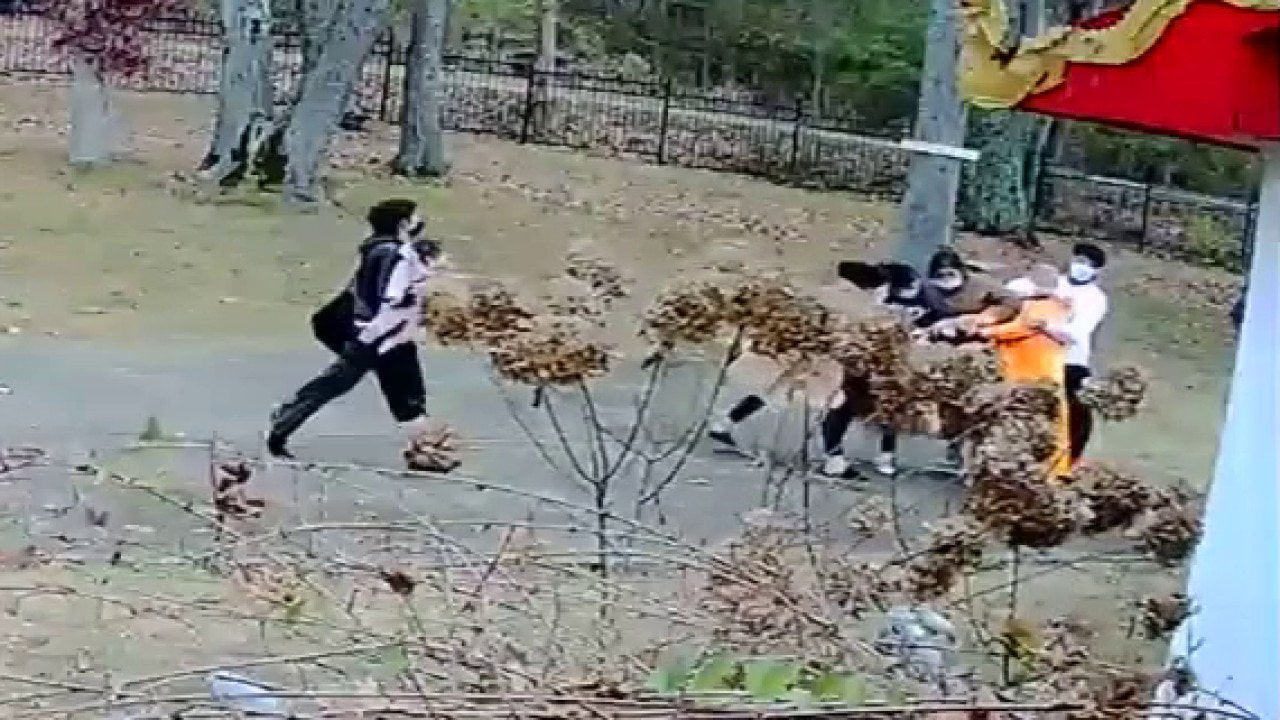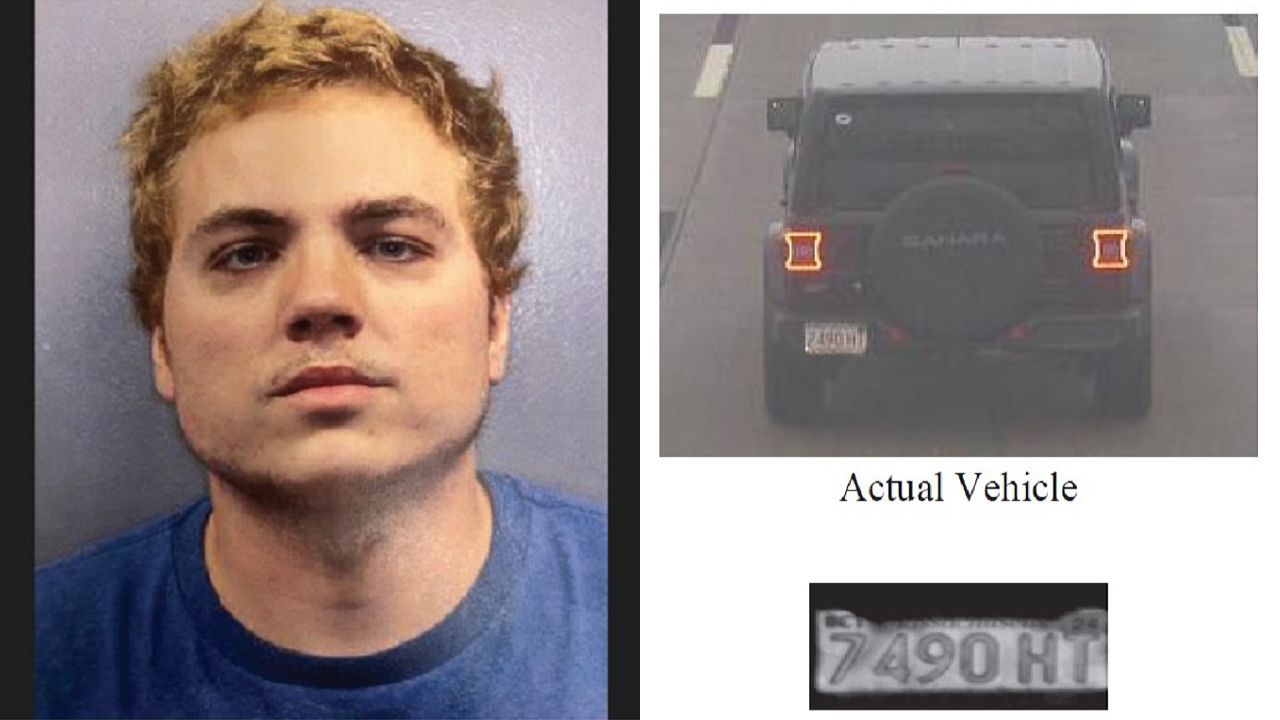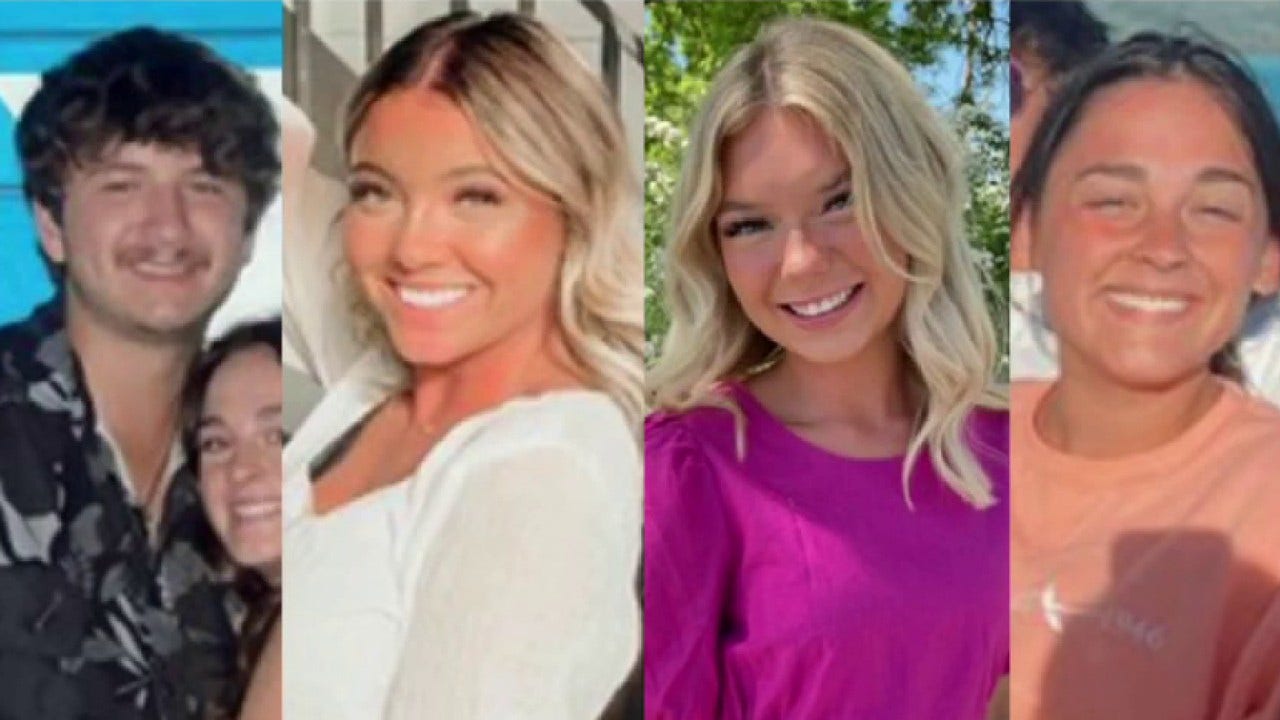boston” target=”_blank”>Boston< wants to move some 100 homeless addicts from deteriorating conditions at a homeless-crisis” target=”_blank”>tent encampment<
The sheriff seeks to transform two empty floors in Building 8, which previously housed Immigration and Customs Enforcement (ICE) detainees, into a space where homeless addicts can begin addiction treatment and connect with services to reunite with family members or find employment options.
Tompkins received pushback from Democratic socialist U.S. Rep. Ayanna Pressley and others who argue his plan is wrongfully “criminalizing” addiction.
“We are not trying to criminalize people, we are trying to save lives,” Tompkins said, explaining how his program targets people with outstanding warrants, not every homeless person at the camp. “I think the verbiage is really off the mark. We’re not criminalizing anybody – these are people who are already engaged with the legal system, so some of them are already criminals.”
 Image 1 of 3
Image 1 of 3
The tents of a homeless camp line the sidewalk in area commonly known as Mass and Cass, Saturday, Oct. 23, 2021, in Boston. Boston declared addiction and homelessness a public health emergency on Tuesday, a move that will help the city clear the encampment which is at the epicenter of the city’s opioid crisis. ((AP Photo/Michael Dwyer))
 Image 2 of 3
Image 2 of 3
The tents of a homeless camp line the sidewalk in area commonly known as Mass and Cass, Saturday, Oct. 23, 2021, in Boston. Boston declared addiction and homelessness a public health emergency on Tuesday, a move that will help the city clear the encampment which is at the epicenter of the city’s opioid crisis. ((AP Photo/Michael Dwyer))
 Image 3 of 3
Image 3 of 3
The tents of a homeless camp line the sidewalk in area commonly known as Mass and Cass, Saturday, Oct. 23, 2021, in Boston. Boston declared addiction and homelessness a public health emergency on Tuesday, a move that will help the city clear the encampment which is at the epicenter of the city’s opioid crisis. ((AP Photo/Michael Dwyer))
Critics of the proposal also stress Massachusetts is already facing litigation for involuntarily committing individuals who had never been charged with crimes to undergo forced addiction treatment at other correctional facilities under a state law called Section 35.
“I understand that the ACLU has a job they have to do, which I respect,” Tompkins said. “But we really aren’t trying to criminalize or institutionalize anyone. In the absence of a plan of their own, what are we talking about? These are human beings. These are people’s children and mothers and fathers and family members. We have to, as a society, intervene and help. That’s all we’re trying to do.”
Meanwhile, under a new executive order from Acting Mayor Kim Janey, Boston city crews began the process this week of a promised “mass clean-up” at the homeless encampment, as workers went from tent-to-tent distributing bins for people to collect their belongings and head to beds at shelters or be connected with other services. The order seeks to create a “coordinated response” to the public health emergency, noting the encampment generates “two dump trucks of trash and debris daily,” and has created rodent and infectious disease outbreaks.
Under his plan, Tompkins said the Boston Police Department, not the sheriff’s office, would be picking up homeless addicts with outstanding warrants off the streets and transporting them to Building 8. Once at the jail, a “mobile courtroom” created in coordination with the Suffolk County District Attorney’s Office, will allow homeless offenders, with their lawyers present, to appear virtually before a judge. The judge then will order them to remain for Tompkins’ 90-day program or, depending on the level of the offender’s criminality, grant them bail or deem they should be moved elsewhere.
“We have a pretty dire situation here right outside my department,” Tompkins said. “I have an empty building, I can house about 100 people and get them off the streets, get them a bed, food, clothing, medical attention and casework until the city can find some other alternative.”
Building 8 is a stand-alone structure which cannot be entered through any other buildings at the jail complex. The two floors to be used for the program can house up to 75 people each, and up to three people would be assigned to each cell, which would not be locked at any time of the day.
The set-up will be “dormitory style,” as external partners will bring in sofas and board games so “it does not look or feel like a prison environment,” the sheriff said. Officers assigned to the floors would forgo their uniforms for khaki pants and polo shirts, and residents would not wear prison jumpsuits.
“We’re looking at a way where we can be a part of the solution to get people off of the street, particularly with the bad weather coming,” he said. “We have a pretty serious homelessness situation out West, but it’s warmer for most of the year. Here, in the North, it gets frightfully cold.”
CLICK HERE TO GET THE FOX NEWS APP
During the first 30 days, medical providers will oversee addiction recovery treatment, helping those hooked on methamphetamine or heroin “step down” to the lesser replacement drugs of methadone, suboxone or vivitrol, Tompkins said. The remaining 60 days will focus on casework, and external partners will help residents reunite with family and find employment options or treatment for other medical issues.
Tompkins’ officers will handle security, and medical providers, either part of Tompkins’ internal team of experts or contracted through WellPath or Mass Health, will handle mental health and substance abuse treatment. Through its already existing OASIS, or Opioid and Addiction Services, the sheriff’s department has for the past several years been providing intensive addiction treatment to detainees awaiting trial.
 Iktodaypk Latest international news, sport and comment
Iktodaypk Latest international news, sport and comment






